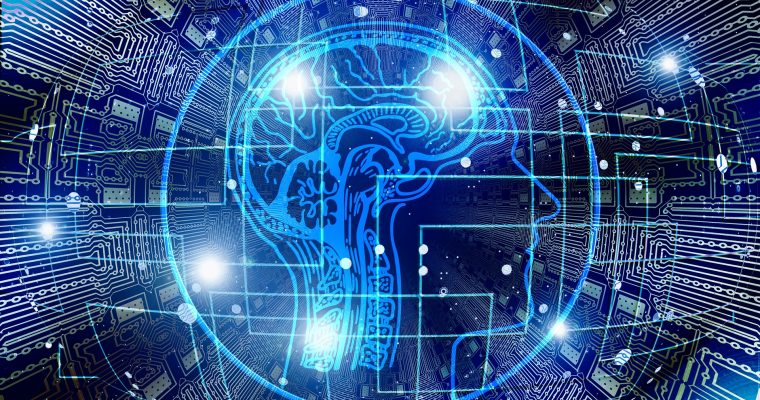The emerging AI technologies that can transform learning experience includes computer vision, emotional recognition, sentiment analysis, image/facial recognition, and natural language recognition.
Although artificial intelligence in e-learning cannot perform all activities, including teaching a computer to see, it can enable computers to use languages in a human-like way.
All of these are essential tools for L&D professionals. They can use them for different activities, including to detect patterns, crunch large data, automate processes, and improve efficiency.
In this article, we’ll be exploring the emerging AI technologies that could help to transform online training.
4 emerging AI technologies that could transform online training
Artificial intelligence in e-learning is the next big thing in the L&D world. It’s proving to be one of the best solutions to the lacking areas of online learning programs.
Here are a few of its emerging technologies that can take e-learning to the next level.
Image and facial recognition
Applications that focus on image and facial recognition are becoming more and more common lately, especially in photography and e-learning & performance support.
Every passing day, the AI algorithm’s ability to recognize different people/items facially has continued to advance. While some AI technologies can help to complete images based on training, some make use of AI engine to build graphical scenario from short clip videos.
The emerging AI technology makes use of computer vision to make scans on an object/individual. It then uses its machine learning skills and trained algorithm to detect and recognize the image from the object.
Image recognition is essential in e-learning as you can use it to categorize your objects. Apart from that, you can also use it to grant/deny people access to your information.
Also, popular social platforms like Pinterest make use of image recognition to merge different images that an individual has seen and liked.
Computer vision
Computer vision is one of the emerging AI technologies. The technology refers to the ability of computers to identify and process scanned images of an object from the environment.
It’s the brain behind how most robots look around while checking for possible obstacles. They also get used in the automobile industry to power autonomous vehicles.
You can use the emerging technology in L&D to track and measure some learning experiences, including your learners’ engagement. You can also capture their facial expression and analyze them to ensuring that they remain attentive.
Also, you can use it to recognize your employees and offer them personalized access to specific information.
Emotion recognition and sentiment analysis
Both sentiment analysis and emotion recognition are special applications of classifying items and processing natural languages. The algorithm of sentiment analysis utilizes specific texts and calls on its training with positive, negative, and neutral data.
And with machine learning, its app can become more accurate to track learning problems and successes. Unlike the sentiment analysis, emotion recognition utilizes images rather than text, for detections.
By putting together an individual’s facial expressions, data, and language, emotion recognition technology can help to detect your learners’ emotions. With these types of contributions to e-learning, instructors can easily detect their learners’ emotions and deliver to them exactly what they need.
In the marketing and sales industry, both sentiment analysis and emotion recognition are getting used to monitor customer satisfaction. In L&D, both technologies enable instructors to scan their learners’ feedback on specific subject matter to detect where they are failing and succeeding.
Natural language recognition
Almost all organizations utilize natural language processing (NLP) technology for their business. That’s because the technology forms the basis of chatbots apps and other related apps.
The benefit of using NLP technology in e-learning is to bring significant improvement to online training. That can get achieved by implementing policies that enable advanced technologies to thrive.
One of the ways this emerging technology can help to improve online training is by boosting learners’ engagement and interaction with instructors.
With natural language recognition, learners can express themselves in their preferred languages, to seek clarification on the unclear subject matter.
Artificial intelligence in e-learning has many benefits for both the instructors and learners. So, use the above emerging technologies to deliver the right training that helps to transform your learners’ experience.







